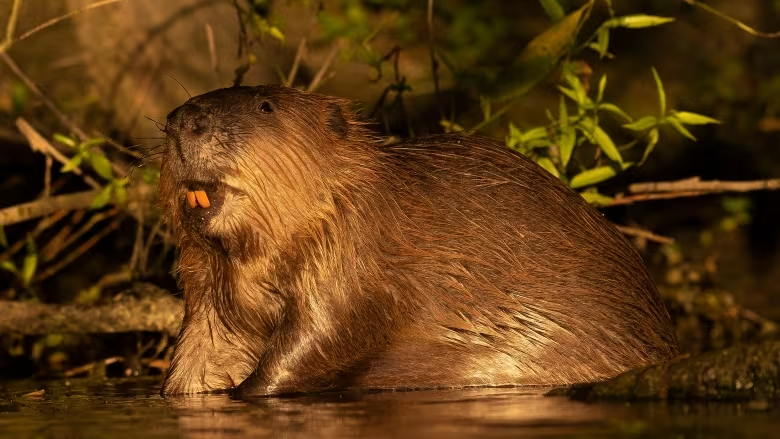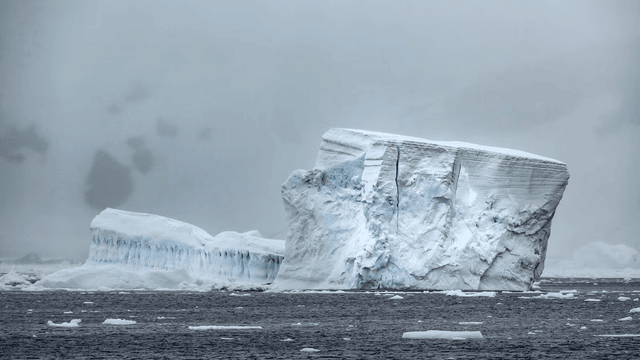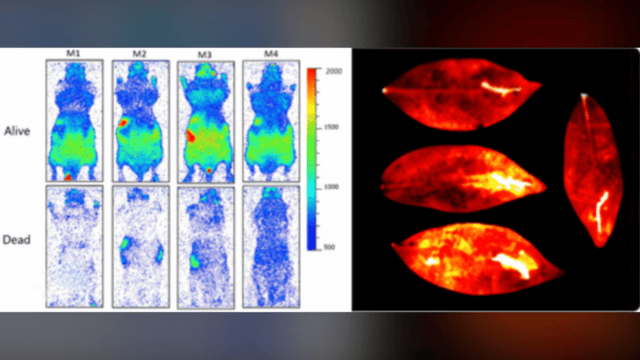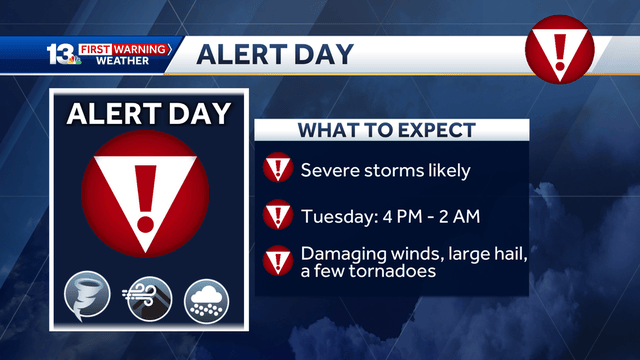
Beavers, recognized for their constructive habits, construct wetlands, ponds, and dams, playing a role in mitigating the effects of floods, fires, and droughts. (Image by Dan Kitwood/Getty Images)
A couple of years ago, two Google employees approached a Minnesota scientist with an intriguing idea: could computers be trained to identify beaver habitats from space? Emily Fairfax, a beaver researcher and assistant professor at the University of Minnesota, shared her insights with As It Happens guest host Megan Williams, stating that the proposal aimed to streamline the process of identifying beaver wetlands using machine learning on a larger scale.
Satellite and drone imagery have long been used by scientists to locate the expansive dams created by beavers. Fairfax, intrigued by the possibility of accelerating this mapping process through machine learning, saw the potential in leveraging Google's expertise. Today, she leads a collaborative effort, involving engineers, scientists, and conservationists, employing the Earth Engine Automated Geospatial Elements Recognition (EEAGER) to map beaver infrastructure across California. The initiative is a partnership between Google, the Nature Conservancy, and the state of California, with the hope that their findings will inform conservation strategies to bolster beaver populations, mitigate flooding, and address wildfire impacts.
The genesis of this initiative dates back to 2018 when Google assigned mechanical engineer Eddie Corwin the task of developing a corporate water stewardship program. Collaborating with sustainability consultant Dan Ackerstein, they delved into Alice Outwater's book, "Water: A Natural History," discovering the significant ecological role played by beavers. The creatures, through their construction of dams, ponds, and wetlands, store vast amounts of water both on the surface and underground, creating resilient landscapes that benefit plants during droughts and resist fires.
As Corwin and Ackerstein delved deeper into beaver ecology, Google concurrently invested heavily in artificial intelligence and machine learning. The team at Google, inspired by the discovery of the world's largest beaver dam using satellite imagery, formed EEAGER. With guidance from experts like Fairfax, they taught the algorithm to differentiate between beaver dams and other features. Their successful study published in May 2023 laid the groundwork for collaboration with California's Department of Fish and Wildlife to map beaver habitats in the state.
Fairfax emphasizes the importance of this work, noting that while scientists understand the ecological impact of beavers, their actual population distribution remains unclear. EEAGER offers a tool to assess the success of conservation efforts and pinpoint areas for reintroduction.
Similar initiatives are underway in Canada under the project "Beavers from Space." However, unlike EEAGER, this project relies on human volunteers scouring satellite images for beaver dams. Holly Kinas, a conservation analyst, acknowledges the value of citizen science but also highlights the role of technology like EEAGER, emphasizing its benefits to conservation efforts.
Historically, humans have not always coexisted harmoniously with beavers, often viewing them as pests. Fairfax acknowledges a shifting perspective and envisions a future where humans and beavers coexist beneficially. While acknowledging some lingering negative perceptions, she describes beavers as "chaotic good," implying their positive ecological impact despite occasional challenges.
In conclusion, the collaboration between Google, conservation groups, and California's wildlife authorities exemplifies a novel approach to conservation, utilizing technology like EEAGER to understand and enhance the role of beavers in ecological resilience.















